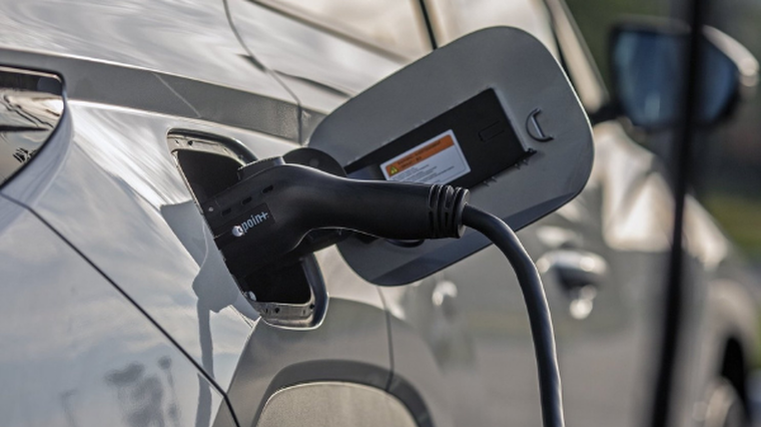Fuel efficiency scheme looms

Members of the automotive industry in Australia are preparing to have their say on federal government plans to introduce a new vehicle efficiency standard (NVES) across the ditch.
A one-month consultation period has begun on three policy options being considered by the government, which were released this month in an 86-page document.
The report says the introduction of an NVES “will mean global car manufacturers will need to supply the same advanced emissions technology to Australia that they already supply to other advanced economies”.
Similar to New Zealand’s clean car standard, it adds introducing such a scheme will help cut transport emissions, with cars responsible for about 13 per cent of Australia’s greenhouse gas emissions.
“The government’s preferred settings for an NVES is to put in place arrangements by 2025 that mean we catch up to the US average vehicle emissions intensity by around 2028,” the document continues.
“This is an ambitious approach – but one that is required to give Australians more choice to use less petrol.”
The three options have different rates of reducing carbon dioxide (CO2) emissions from newly imported passenger vehicles and light commercial vehicles, with one described as having a slow start, another as “strong ambitious and achievable” and the final one as “aggressive”.
All suggestions have targets of 141gCO2/km for passenger vehicles and 199gC02/km for utes and vans in 2025.
For passenger vehicles, the three different options would reduce those goals to 99g, 58g or 34g respectively by 2029. While for light commercials the proposed targets would tumble to 172g, 81g or 56g.
Affordability key
The Federal Chamber of Automotive Industries (FCAI) is encouraging the government to ensure the affordability and mobility needs of consumers are considered throughout the consultation period, which closes on March 4.
Tony Weber, chief executive, welcomes the release of the consultation paper and says the automotive industry has been seeking a fuel efficiency standard for many years.
“There is a shared commitment from industry and government to combat climate change by ensuring zero and low-emission vehicles are accessible and affordable to all Australian consumers,” he adds.
“On the surface, the targets seeking a 60 per cent improvement in emissions are very ambitious, and it will be a challenge to see if they are achievable taking into account the total cost of ownership.
“The preferred option suggests that Australia considers adopting the type of targets that are currently in place in the United States.
“The targets in that country are supported by significant financial incentives yet the discussion paper makes no reference to any additional incentives to support the uptake of low-emission vehicles.”
Weber says further analysis of the options is required and the FCAI looks forward to continuing to work with the government on the development of a standard that is right for Australia and supports consumers.





